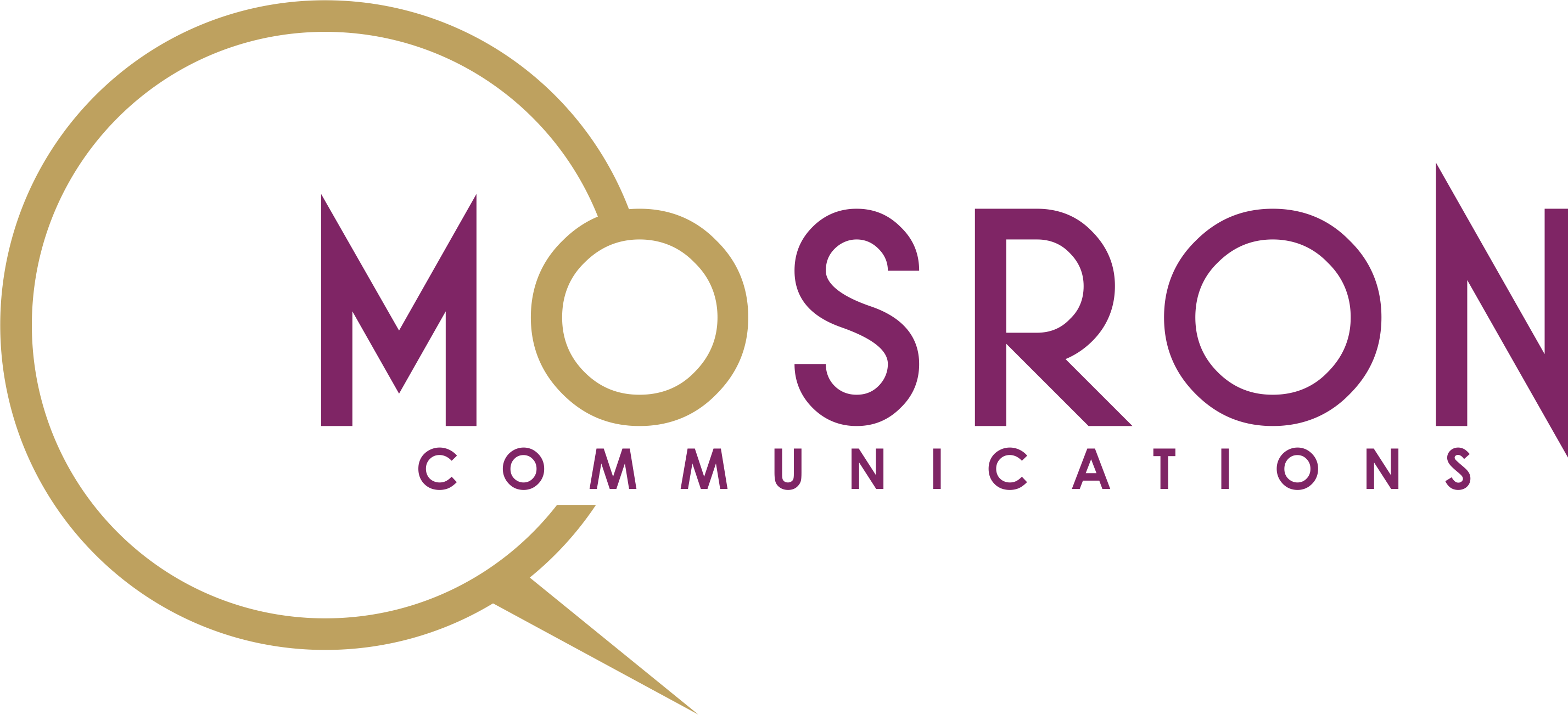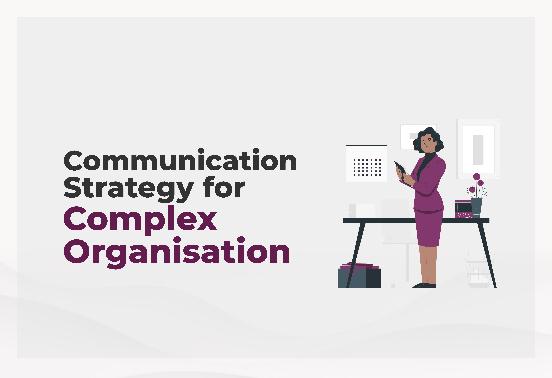Dear CEO,
The world of work has changed forever. Where open door policies and open plan offices were strategies to communicate oneness between management and staff, such strategies have become obsolete in a world where staff are now remote workers, signing into work from the comfort of their home in the village or by a pool.
Statistics shows that about 60% of organisations globally have no deliberate internal communications strategy in place – especially for multi-location complex organisation (Workforce, 2020). Do you know that communication gaps within an organisation will affect business performance?
Our guide below presents critical touch points that must be included to ensure that all team members, regardless of location and culture, get that sense of belonging in your organisation.
1) Cultural Quotient. It is no longer enough to have staff members who have high IQ and EQ. A successful diverse and inclusive workforce must now ensure that team members have high cultural quotient. Audit cultural background of staff members across clustered locations and ensure there are opportunities for informal culture-sharing sessions. This can be included in team bonding sessions or staff meetings.
2) Regular meeting schedules as integral part of your corporate culture. Your employees need enough space to interact and exchange timely information. Stipulate terms of interaction and do not forget to encourage their initiatives — let team members lead too.
Also, ensure that the onboarding experience of new team members entail more than shipping technical devices and speaking with HR. More than ever, new staff want to interact with people across units to establish relationships that will ensure that they feel less robotic when responding to work requests from faceless colleagues.
3) Steady technical connectivity. Do you understand the peculiar technical challenges in the locations your staff are working from? Yes, many may argue that it is the responsibility of staff to find the most suitable environment to work but this process to ensure that your staff have the most comfortable remote work experience will determine staff retention rate and job satisfaction score.
Your team must be equipped with all tools and devices that maintain uninterrupted liaison amongst them. If your organisation still doesn\’t provide official laptops and phones, it is the right time to think about your corporate intranet.
4) Joint training and educational sessions. How often do your employees have an opportunity to learn together? Weekly presentations and other formats of co-learning will foster oneness and drive continuous learning. Do not forget to keep your finger on the pulse and ensure that remote teammates are included in all sessions alongside those on-site — internal hybrid event management is now a core function for complex organisations.
5) Efficient mechanisms for bottom-up communication. Do your employees have usable channels to communicate with senior management members? Explore various tools and channels that allow for 360-degree communication and feedback. Do not treat employees like a herd; each individual must be managed as such.
Bonus: Human resource personnel must remember to create a welfare check system that is both horizontal and vertical. Who is checking on management team members? Every member of staff must understand that it is a mutual responsibility to ensure the wellness of all member of staff. Management team are humans too.
At Mosron Communications, we have supported complex global organisations in creating effective internal communications strategies to aid employee productivity. Are you seeking an effective Public Relations and Communications Partner to help develop similar strategies?
Let’s have a conversation today.

